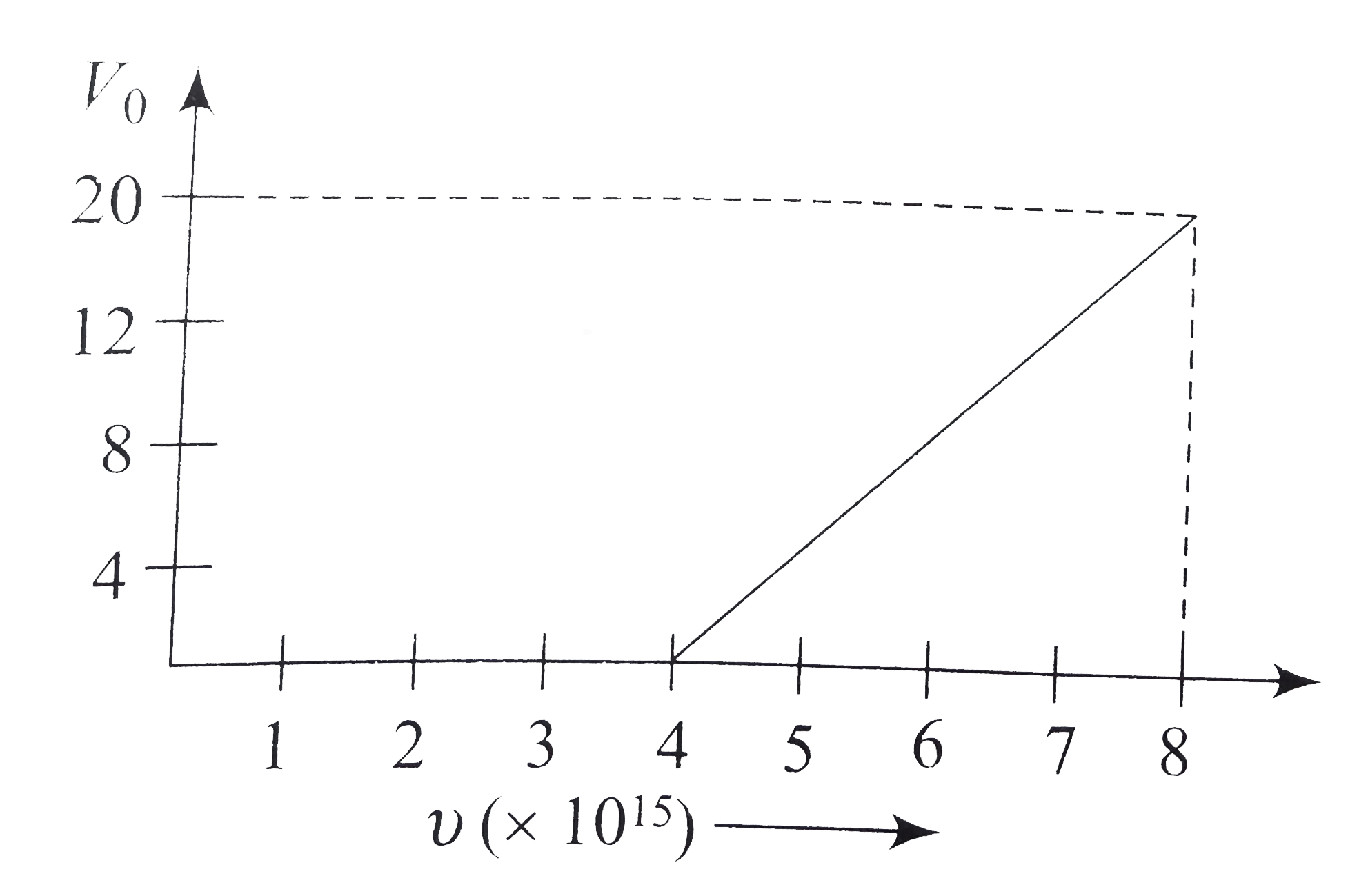A beam of monochromatic radiation is incident on a photosensitive surface. Answer the following with reasons. Does the K.E. of the emitted electrons depend upon the intensity of incident radiation ?
No, the kinetic energy of a photoelectron depends on the energy of each incident photon and not on the number of photons or intensity of high.
Similar Questions
Knowledge Check
As the intensity of radiation incident on a photosensitive material increases
Aphotoelectric current increases.Bphotoelectric current decreasesCstopping potential increasesDmaximum kinetic energy of electrons increasesWhen a high frequency electromagnetic radiation is incident on a metallic surface, electrons are emitted from the surface. Energy of emitted photoelectrons depends only on the frequency of incident electromagnetic radiation and the number of emitted electrons depends only on the intensity of incident light.
Einstein's protoelectron equation [Kmax=hv−ϕ} correctly ecplains the PE, where υ= frequency of incident light and ϕ= work function.
Q. The slope of the graph shown if Fig. [here h is the Planck's constant and e is the charge of an electron] isAheBehChDehWhen a high frequency electromagnetic radiation is incident on a metallic surface, electrons are emitted from the surface. Energy of emitted photoelectrons depends only on the frequency of incident electromagnetic radiation and the number of emitted electrons depends only on the intensity of incident light.
Einstein's protoelectron equation [Kmax=hv−ϕ} correctly ecplains the PE, where υ= frequency of incident light and ϕ= work function.
Q. Light of wavlength 3300 is incident on two metals A and B, whose work function are 4 eV and 2 eV, respectively. ThenAA will emit photoelectrons but B will notBB will emit photoelectrons but A will notCboth A and B will not emit photoelectronsDneither A nor B will emit photoelectrons
How does the photoelectric current vary with the intensity of incident radiation?
View SolutionMaximum kinetic energy of the photoelectrons is independent of the intensity of incident radiation .
Give reason.
View SolutionWhen a high frequency electromagnetic radiation is incident on a metallic surface, electrons are emitted from the surface. Energy of emitted photoelectrons depends only on the frequency of incident electromagnetic radiation and the number of emitted electrons depends only on the intensity of incident light.
Einstein's protoelectron equation [Kmax=hv−ϕ} correctly explains the PE, where υ= frequency of incident light and ϕ= work function.
Q. The slope of the graph between stopping potential and frequency is [here h is the Planck's constant and e is the charge of an electron] is
View SolutionIf frequency of radiation incident on a photosensitive surface is doubled, the maximum kinetic energy of emitted photoelectrons also gets doubled.
View Solution
When a high frequency electromagnetic radiation is incident on a metallic surface, electrons are emitted from the surface. Energy of emitted photoelectrons depends only on the frequency of incident electromagnetic radiation and the number of emitted electrons depends only on the intensity of incident light.
Einstein's protoelectron equation [Kmax=hv−ϕ] correctly ecplains the PE, where υ= frequency of incident light and ϕ= work function.
Q. For photoelectric effect in a metal, the graph of the stopping potential V0 (in volt) versus frequency υ (in hertz) of the incident radiation is shown in Fig. The work function of the metal (in eV) is.
View Solution
